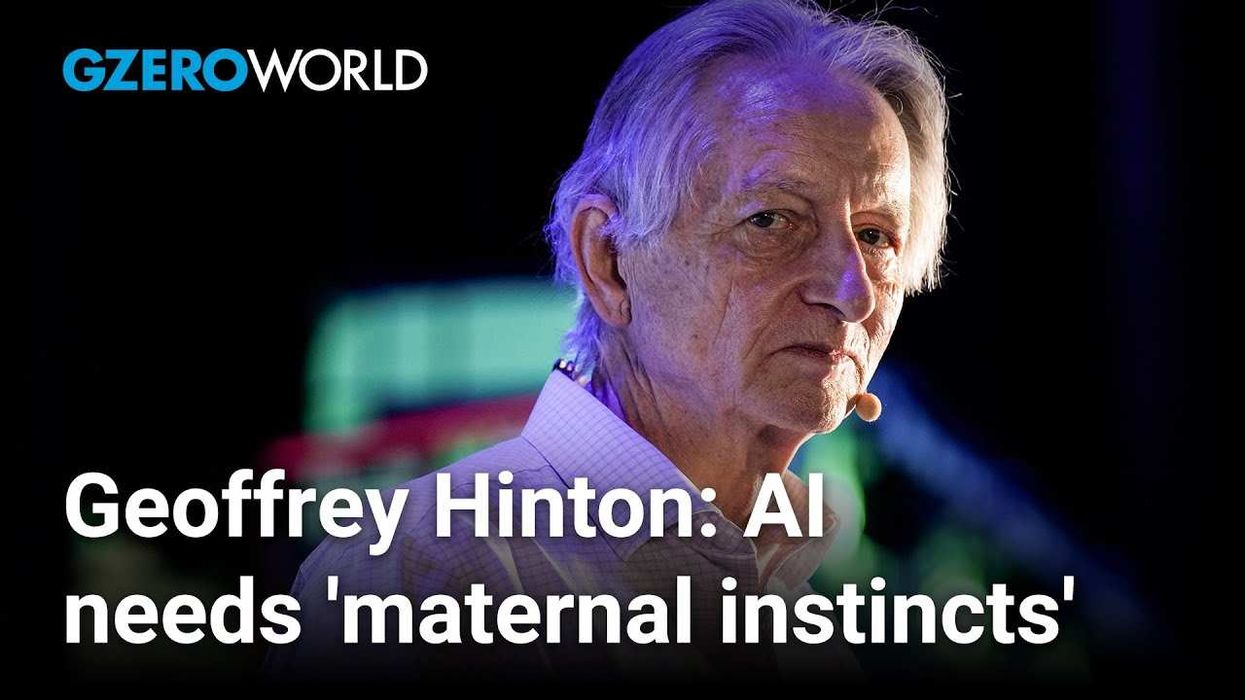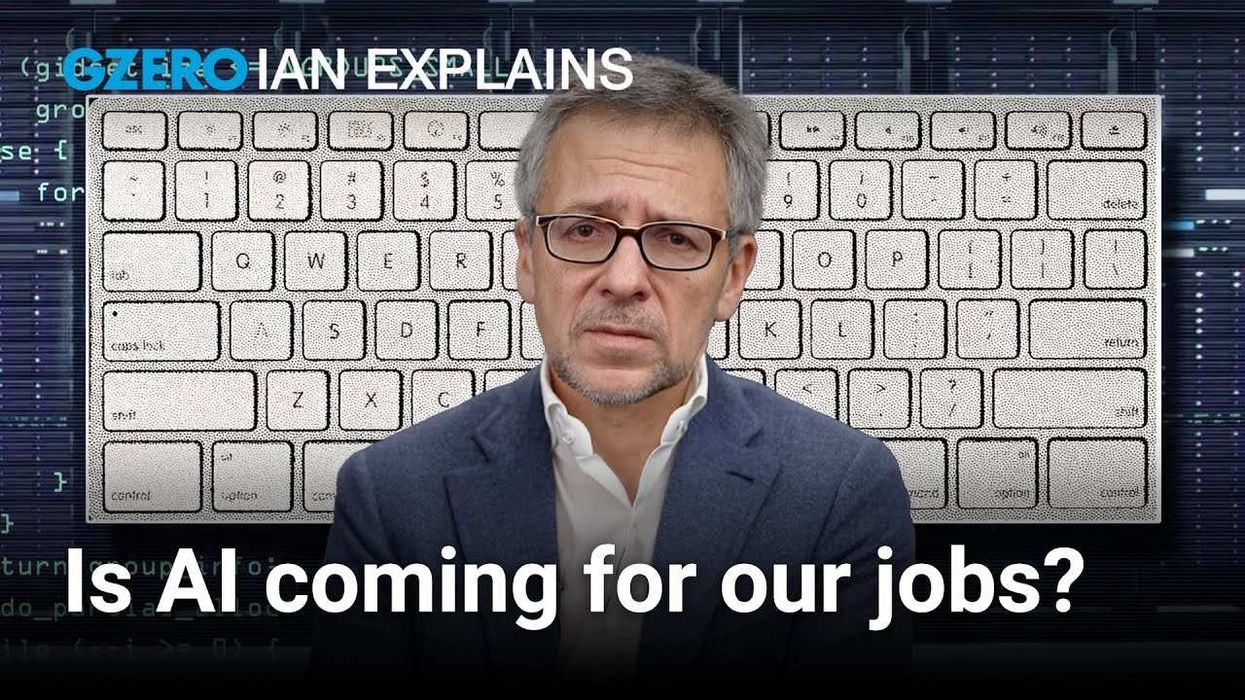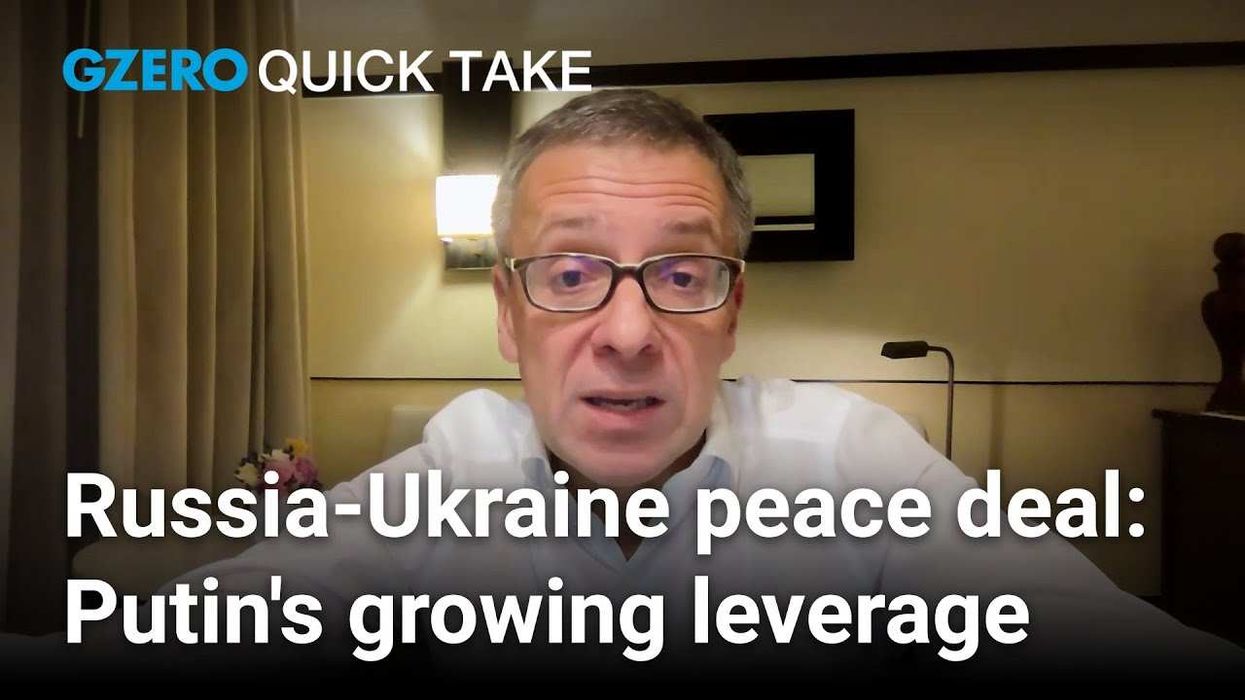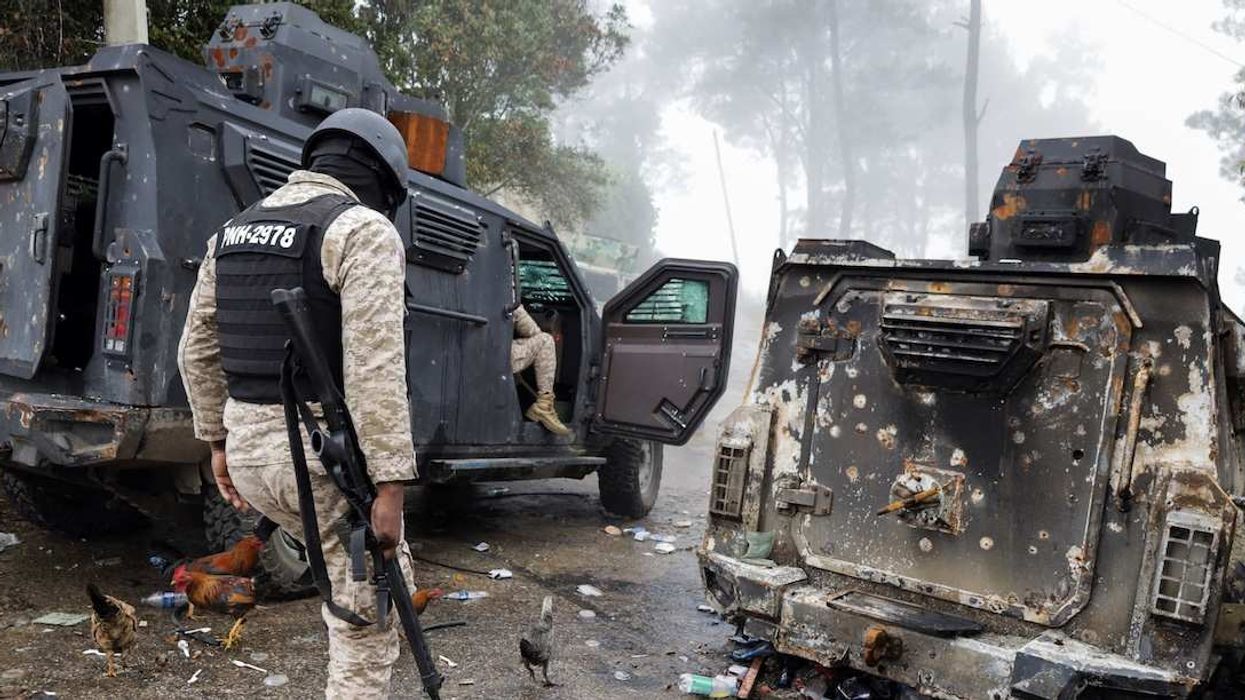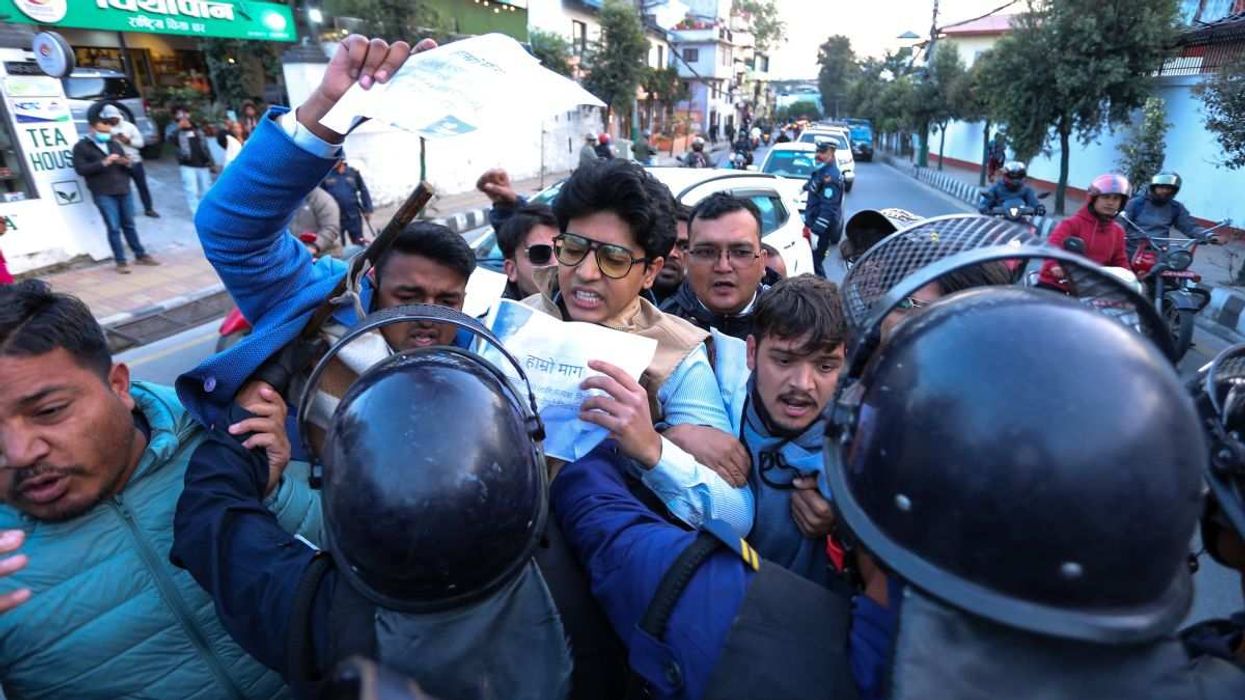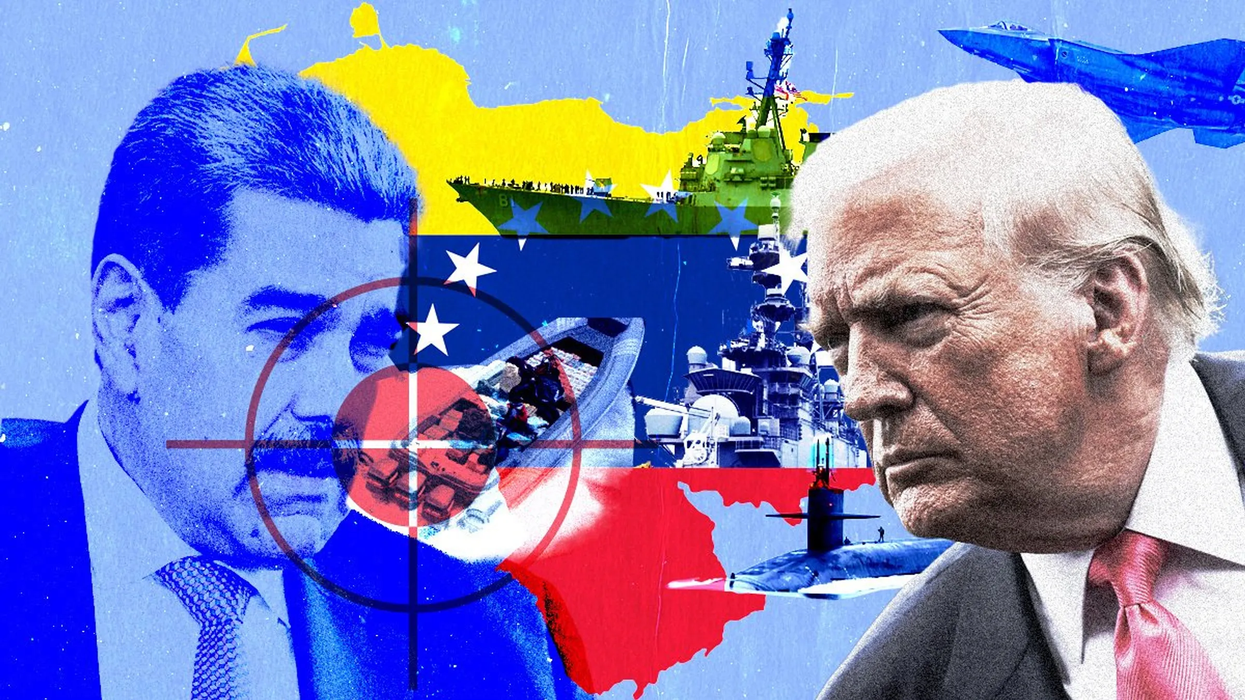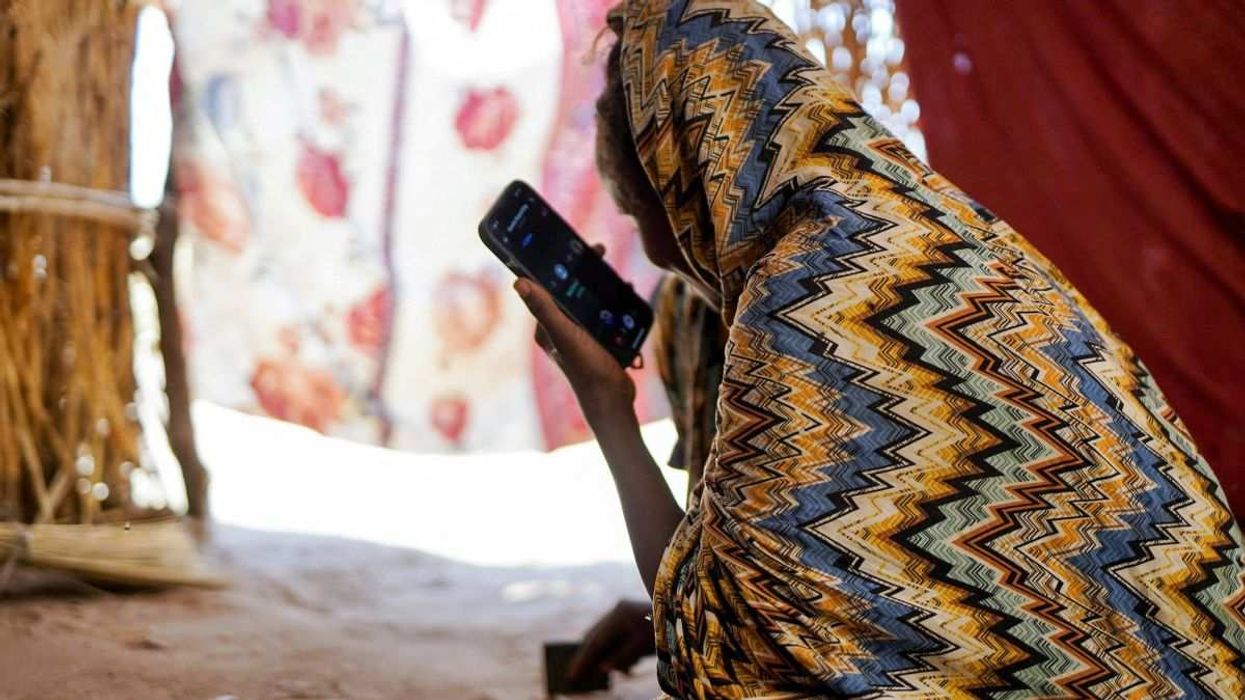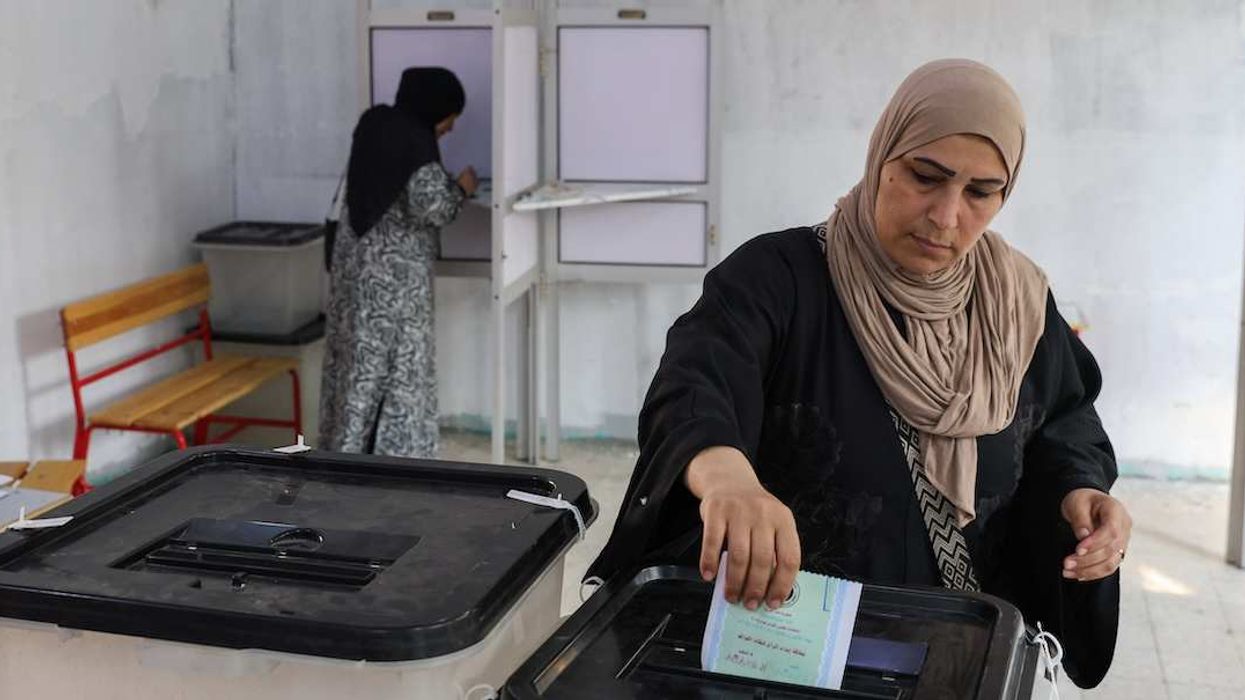India, now the fastest-growing major economy on the planet, is expected to become the world’s third-largest by 2027. But this wasn’t always the case. After independence in 1948, India’s closed markets and notoriously red-taped “License Raj” kept growth and foreign investment at bay until financial reforms were passed in 1991. From thereon, growth has accelerated. Despite a change of hands between the two major parties — the Congress and the BJP — financial and market reforms have continued consistently without any significant rollbacks. Today, PM Narendra Modi continues previously planned policies of privatization and digitization, with an emphasis on export incentives, to keep driving the Indian economy moving forward. The lesson? Consistency is key. We explore the big milestones and hiccups in the last 30 years of Indian economic growth.
News
The Graphic Truth: The age of Modi
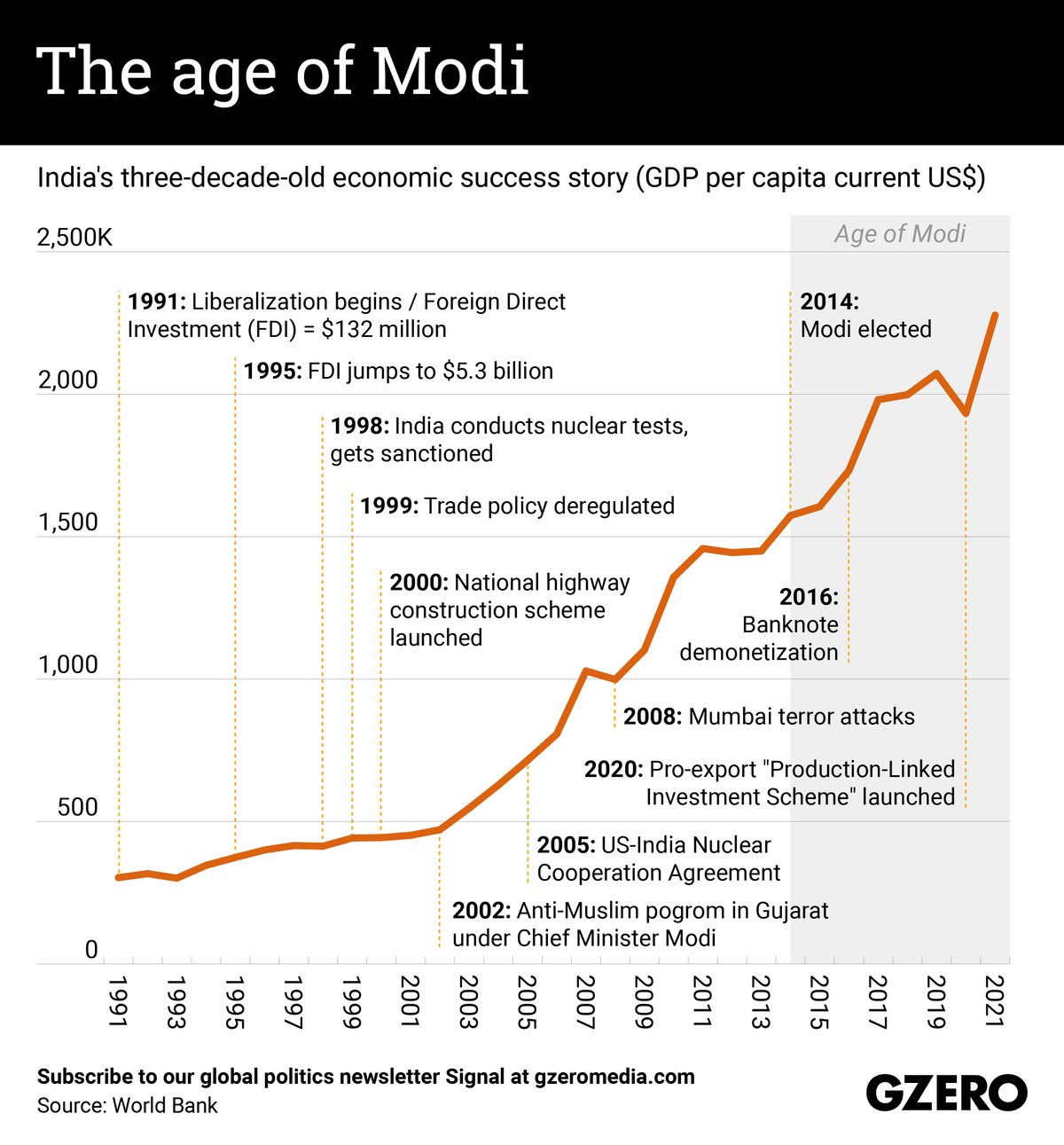
Paige Fusco
By Wajahat S. Khan,
Paige Fusco
Paige Fusco is a graphic designer creating visualizations - data-driven and otherwise - for Eurasia Group and GZERO Media.
